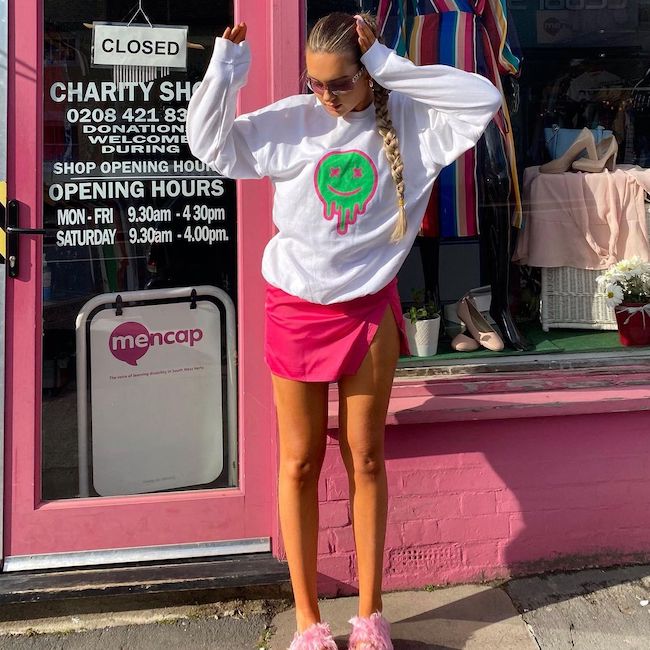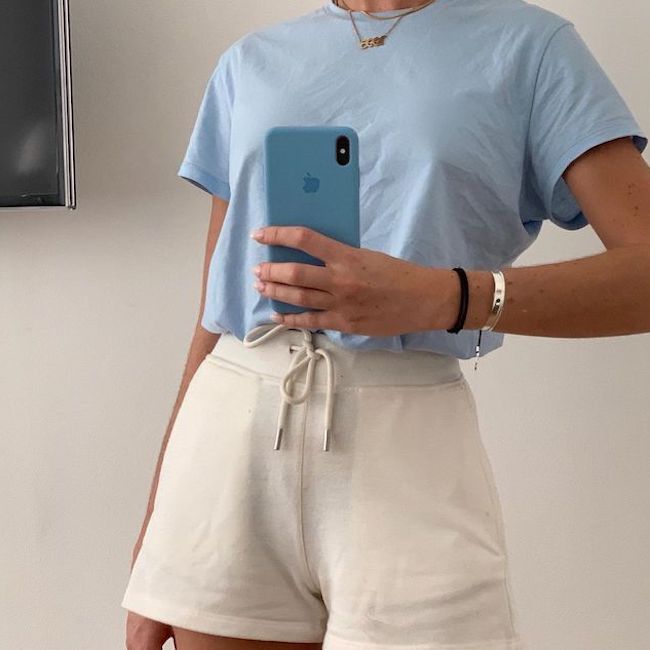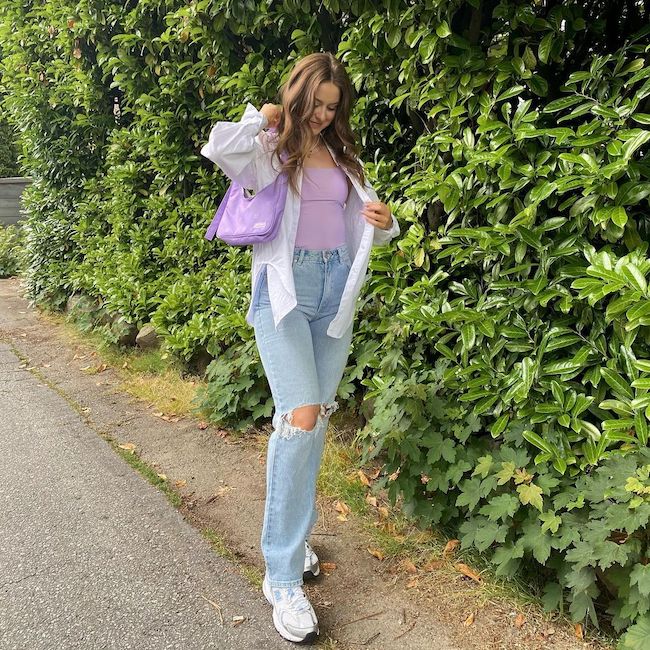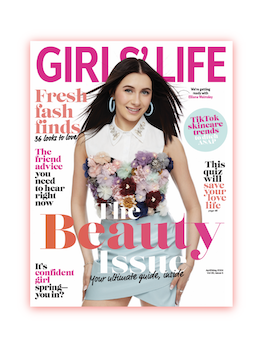STYLE
Fashion
5 fashion rules to live by if you want to dress sustainably
Let's be real, you've probably heard the term "sustainable fashion" while scrolling through social media at some point or another. As people have begun learning about the environmental damage caused by the fashion industry, many influencers and activists have started advocating for their followers to invest in a more sustainable wardrobe. So how does one go about creating a sustainable wardrobe that is equal parts aesthetically pleasing and affordable? Lucky for you, it isn't as difficult as it may seem. We've rounded up some useful tips to help you begin your journey toward cultivating a more sustainable wardrobe—keep reading to learn more.
1. Follow the 70/30 rule
The key to building a sustainable wardrobe is simple: stock up on basic pieces. Basics are the classic, timeless pieces that you'll wear year after year without getting bored. For example, some of my basics are sturdy denim shorts and comfortable tank tops.
So how does all of this relate to the 70/30 rule? And what exactly even is that? The 70/30 rule dictates that 70% of your wardrobe should be basic itens, while the remaining 30% can be reserved for trendy pieces. This rule ensures that you can re-wear the same pieces for years rather than having to scramble to buy a new wardrobe every season. While the majority of your closet should be made up of basics, make sure to keep fun and trendy pieces on hand to spice up yur wardrobe and keep your fits fun,

Image: @rae.hersey
2. Invest in trans-seasonal clothes
Next time you're shopping, try to buy trans-seasonal clothing. Trans-seasonal clothes will last you all year long, which means you won't need as many clothes in your closet *and* you'll end up consuming less. Clothing items like jeans, t-shirts, jackets, light sweaters and dresses will be staples in your wardrobe, no matter the season. These so-called "trans-seasonal" pieces are not only environmentally friendly, but they're also smarter financial investments.

Image: @oliviatps
3. Recycle clothes
You don't always have to buy *new* clothes for them to be new to you. Buying secondhand clothing is a great way to shop sustainably. Buying used clothes helps reduce the amount of new clothing made, which in turn protects the environment.
The clothing recycling process begins when secondhand stores, such as Goodwill, receive donations that they use as product in their stores. When you purchase a new item from one of these stores, it continues the clothing recycling process. If you have a pile of clothing in your closet that you *need* to get rid of, consider donating them to a secondhand store (or selling them virtually via DePop or Poshmark) to help keep this sustainable cycle going.
Want to participate in this process more directly? Giving and accepting hand-me-downs is also a good way to recycle old clothes. Next time you clean out your closet, set aside clothes you think your friends or relatives would appreciate.

Image: @bellastovey
4. Follow the 30 wears test
I think we all know what it's like to buy a piece of clothing we *loved* in the dressing room, only to hang it in our closet and have it collect dust. Buying clothes you don't wear doesn't only drain your savings, but it also harms the enviornment. If you have clothes you've only worn once (or maybe even not at all), you might want to implement the 30 wears test into your shopping routine. The 30 wears test is a self-conducted test you can take when deciding whether or not to by an item. Simply ask yourself: will I wear this piece of clothing 30 times or more? If the answer is yes, you should def buy it. If the answer is no, it probably isn't worth your money...or the potential environmental hazards. Buying clothes you don't wear doesn't only drain your savings, but it also harms the enviornment.

Image: @amandampn
5. Become more informed
One of the best ways to incorporate sustainable fashion into your every day life is to become informed about the best places to shop for sustainable threads. To help you make more informed shopping decisions, I recommend using the sustainabile fashion-focused app, Good On You (not to be confused with Olivia Rodrigo's "Good for You,")! The app uses a five-star rating system to assess clothing brands, which allows consumers to learn how ethically responsible brands are before making purchases. Additionally, you can check out brands' sustainability statements and policies on their websites, or search for supplemental information on the web.

Image: @leigh_averill
What's your fave way to shop sustainably? Let us know on Twitter @girlslifemag
Slider Image: @oliviadipede

 become a contributor
become a contributor



















